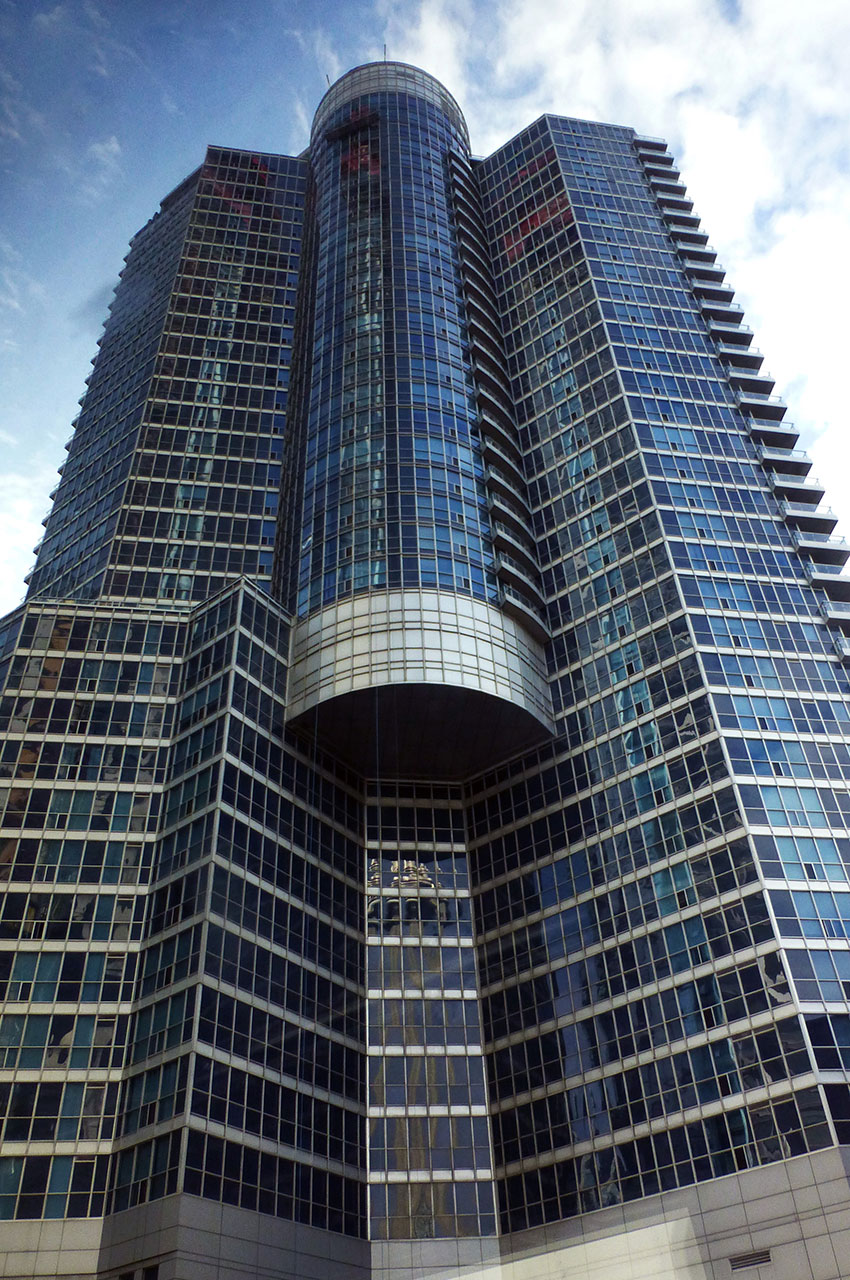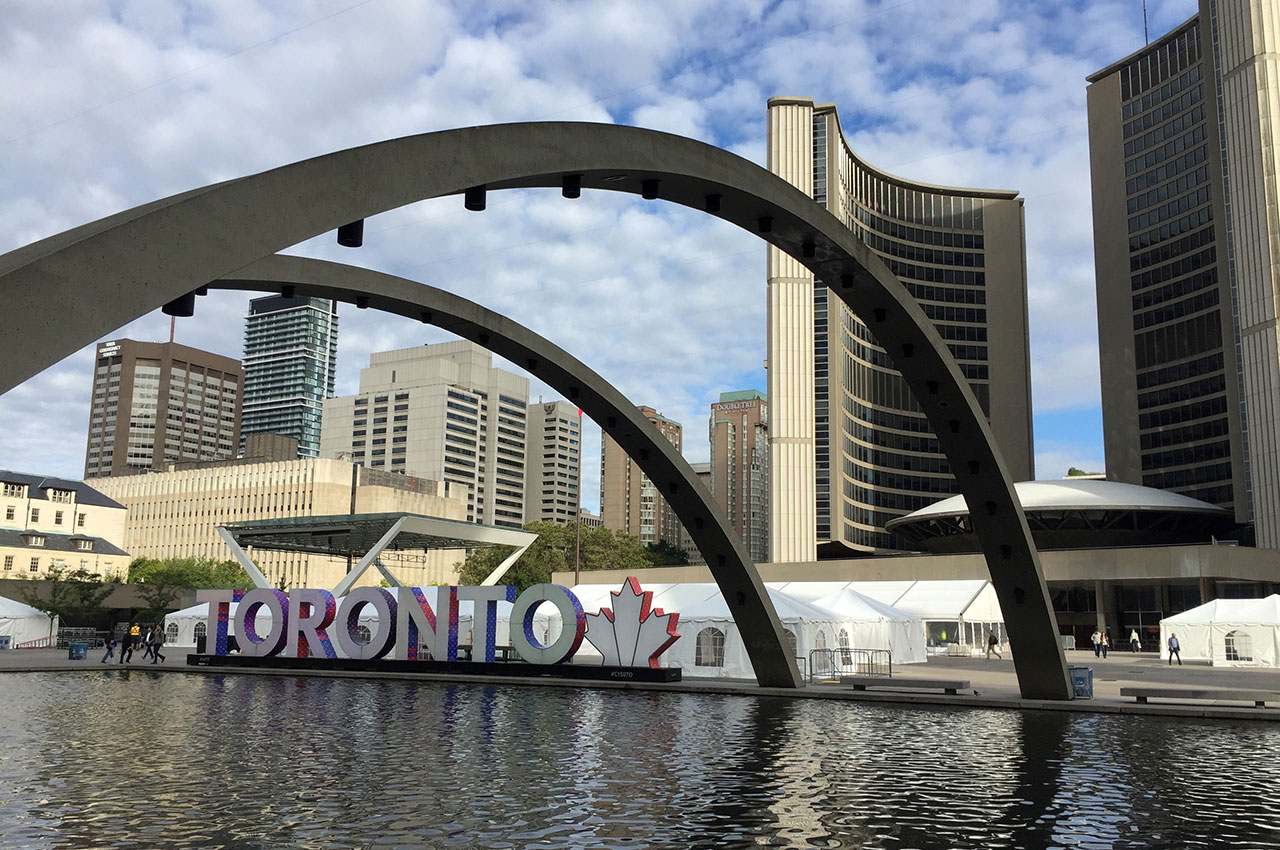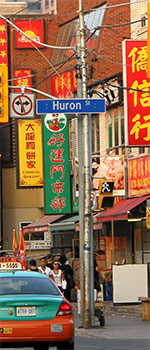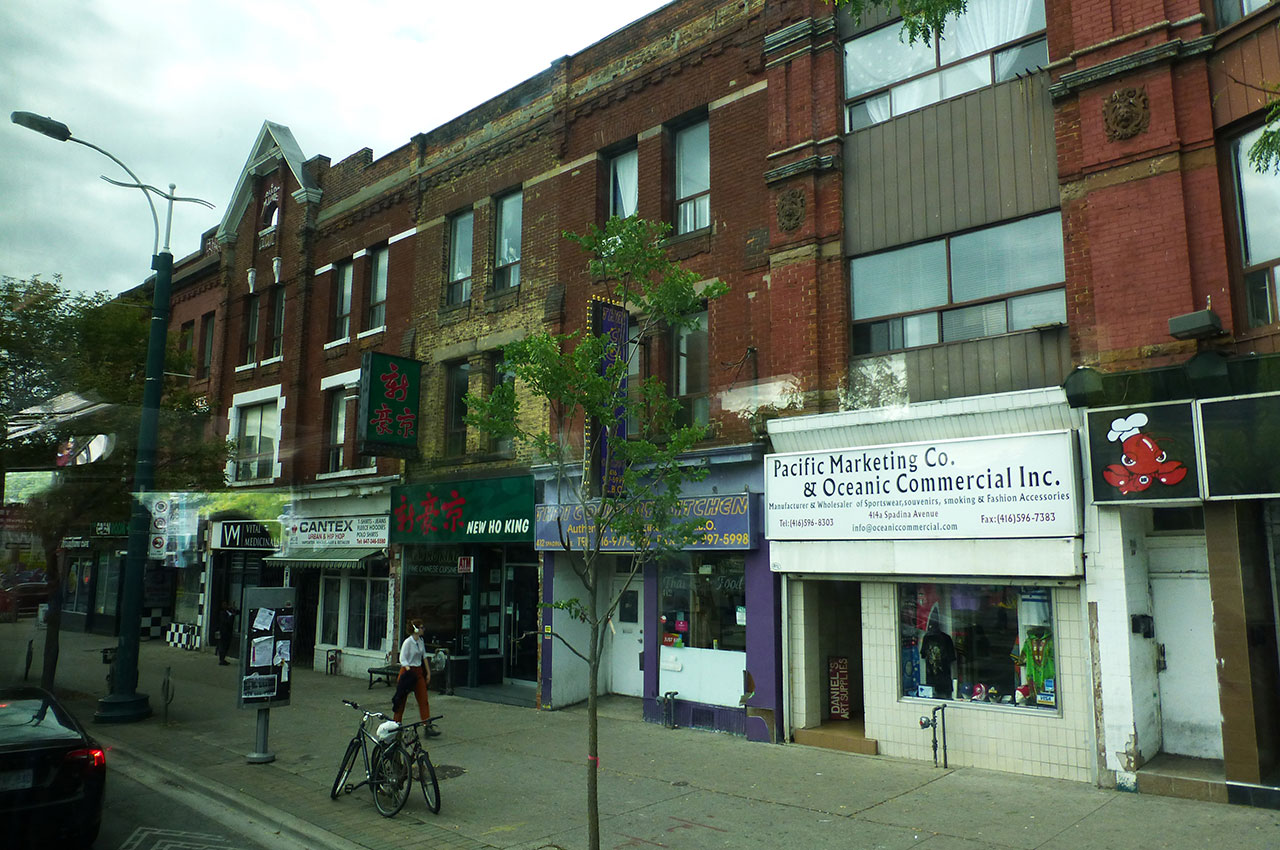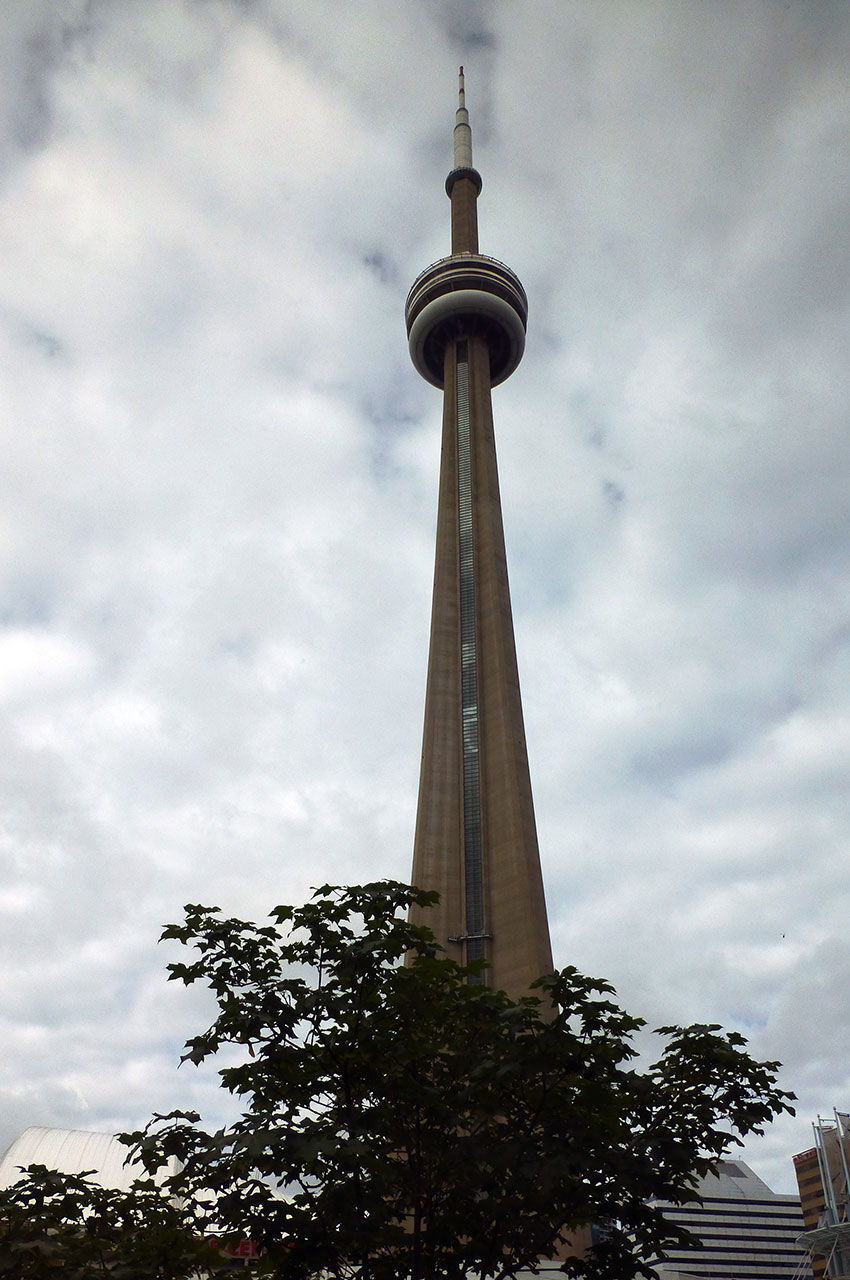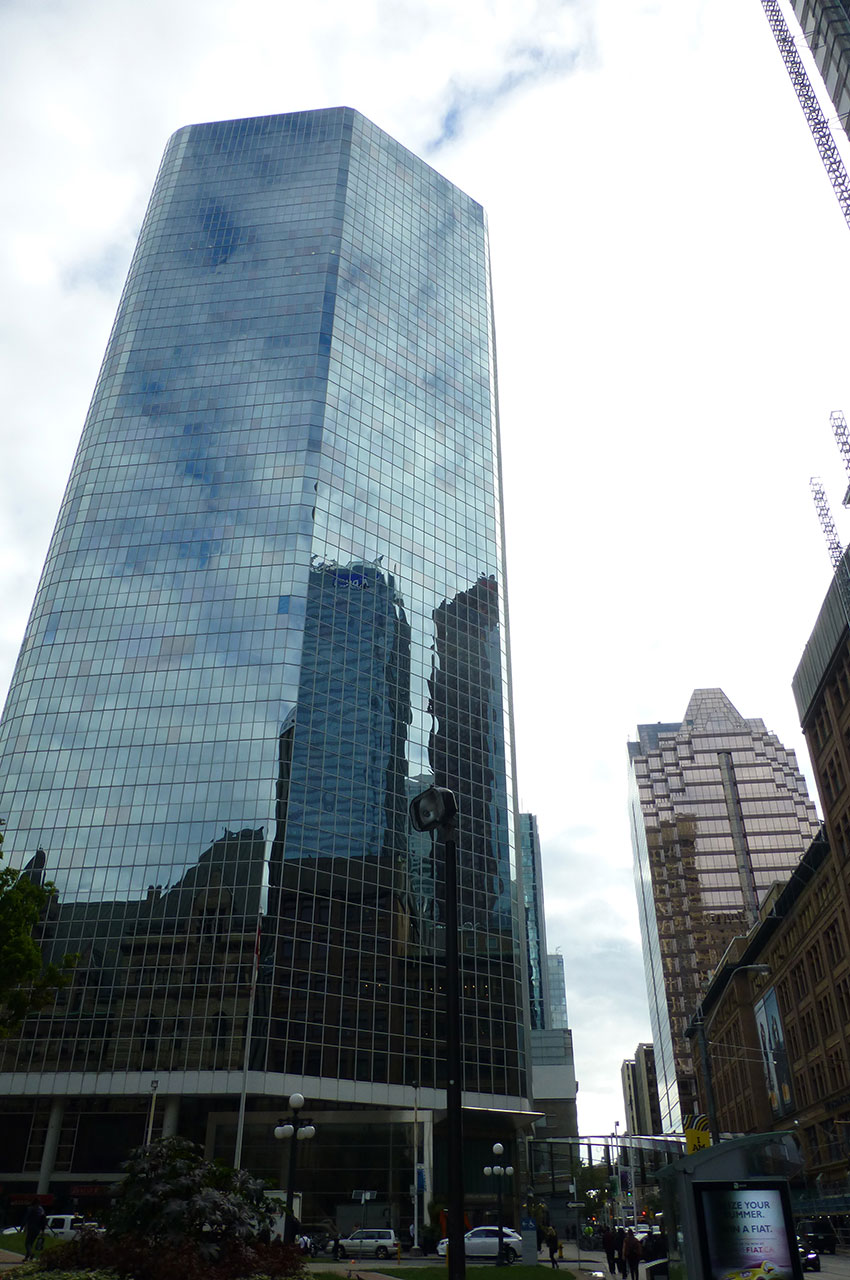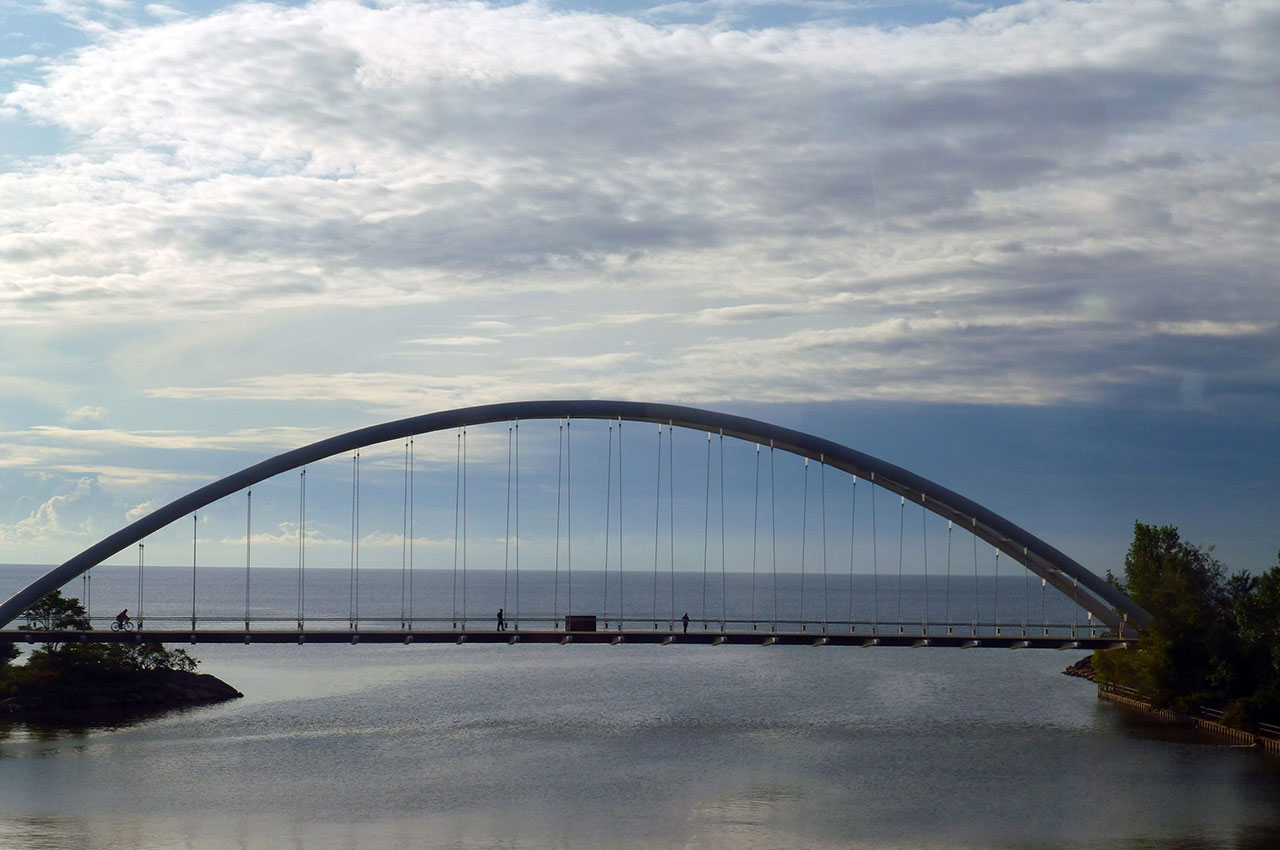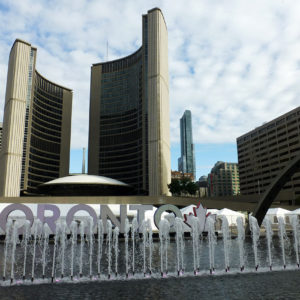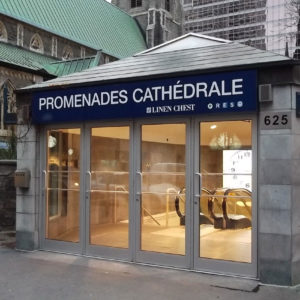15 October 2017
Meeting place, this is the name that the Amerindians had given to their camp on the shores of Lake Ontario. A prophetic vision. A few centuries later, Toronto has become one of the most vibrant metropolises in North America and the most cosmopolitan city in the world.
